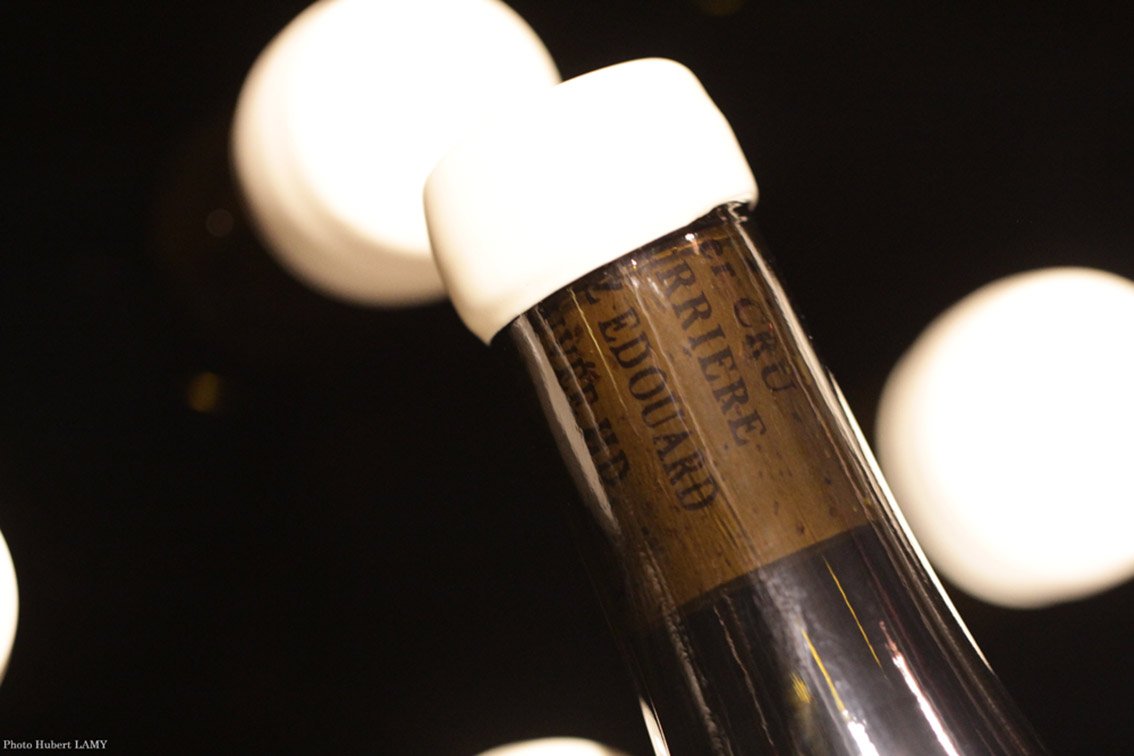This is the benchmark for Saint-Aubin and Olivier Lamy is a hugely respected and talented vigneron. It's hard to think of someone more passionate, thoughtful and more hard working than Olivier - the resulting wines are among the most exciting in all of Burgundy.
Olivier gained experience at Méo-Camuzet before taking over from his father, Hubert in 1995. He is always thinking about how to make the wines more expressive, more stable, more age-worthy. He has decreased the quantity of oak and the level of sulphur used and is experimenting with longer ageing. The wines used to be more generous and now they are tighter, more austere, fresher (more Chablis-esq according to Olivier)but they require more time in bottle. The wines are aged with less new oak now and therefore have less oxygen meaning they need a longer maturation and 2 years in barrel (it is normally just 1 year for white Burgundy). This longer élevage creates finer wine with more stability.





